More students should be optioning for AP World History
AP World History might not be the most common optioning choice for WHHS’ rising juniors and seniors, but in my six years at WHHS, taking the course ultimately proved to be one of my best choices. I learned for the first time the real purpose of history and how it relates to our everyday lives. The course gave me great direction for where I intend to focus my studies in college.
AP World’s curriculum gave me a background in cultures I had minimal exposure to in previous history courses. I learned about India, China, Africa, and Latin America in a way that was dissimilar to how these cultures had been treated in previous history courses. While there was discussion of Europe in relation to classical civilizations and the colonial system, for the first time I felt I was getting a truly comprehensive account of the history, not just the history of people who looked like me. One of the primary premises of AP World’s curriculum is that the contemporary socio-economic domination of “westernized” (or European+ countries) has only existed as the reality for a comparatively minuscule part of human history.
As a soon-to-be college student who is pursuing a course load outside of STEM, taking AP World History has given me the context I need to discuss matters of social science and literary criticism in my papers. Knowing this background on the philosophical, sociological, and cultural cleavages that define our modern world is necessary for anyone intent on formulating theses concerning the present particularly on issues involving politics and socioeconomics.
Many students criticize the eurocentric nature of WHHS’ state standards-based seventh through ninth grade history curriculum. What is equally as concerning is that many students get their first and often last interaction with AP history courses with APUSH (AP U.S. History) leaving WHHS students cynical to whether history can ever make more than a passing reference to other cultures.
Furthermore, AP World provides a complete overview of all the material tested on the World History SAT Subject Test, a test score that will provide a boost to nearly any college application. Colleges can see a student’s deeper involvement in social studies rather than just completing the bare minimum. World History, thus, should be an integral part of any student’s academic background who is considering any major outside STEM.
Sara McGuire-Jay’s approach to the curriculum involves document analysis and limited homework. This may come to a surprise to students accustomed to long nights of note-taking in APUSH. AP World’s content is primarily encountered in the classroom. Moreover, skills involving document analysis are helpful in a wide variety of other classes and my improved reading comprehension helped me take standardized tests. Lastly, Mcguire-Jay’s approach to the curriculum results in a very manageable AP World History exam — passage rates are usually at or very close to one-hundred percent.
Yet, AP World History, much like AP European History, has consistently lagged in enrollment in relation to comparable courses. To understand this problem, blame can be placed in a few places. For one, state standards, stuck in Eurocentrism and a focus on mere memorization, do not do a good enough job of engaging WHHS’ diverse, inquisitive students in being active historians, leaving them ignorant to the joy of history. Another issue is undoubtedly the harshness of APUSH’s notes-heavy curriculum that has the effect of dissuading students to pursue an interest in history during their time in high school.
I urge the over-a-thousand WHHS sophomores and juniors to do something bold and give history a second chance. WHHS offers such a wide variety of advanced history courses that for students to continue disregarding these courses is to waste the opportunity that WHHS’ Classical emphasis provides. Perhaps in a few years, WHHS can start sending more kids to major or minor in the humanities.
Your donation will support the student journalists of Walnut Hills High School. Your contribution will allow us to purchase equipment, cover our annual website hosting, printing costs and offset competition and conferences fees for students.



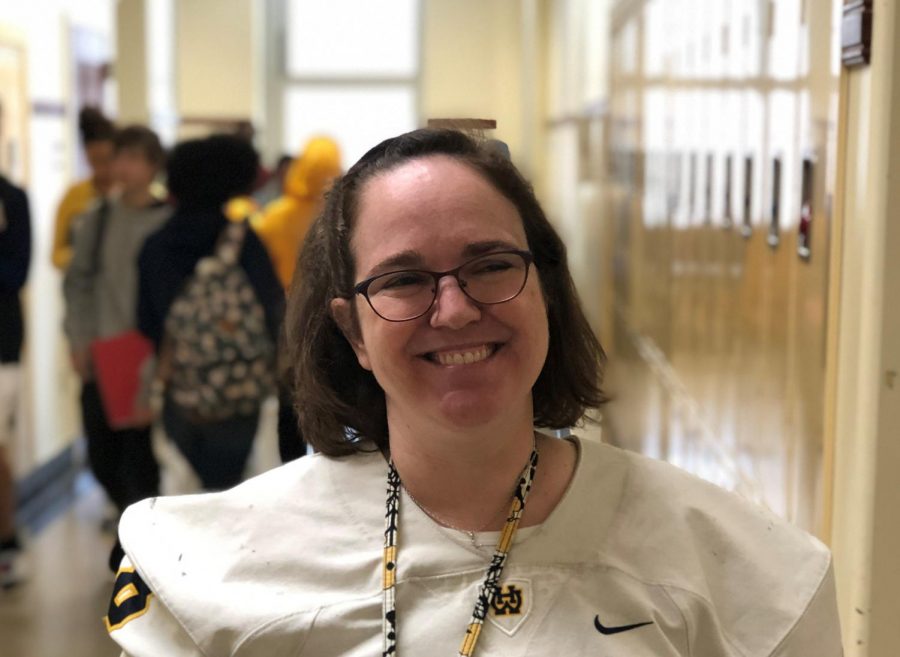




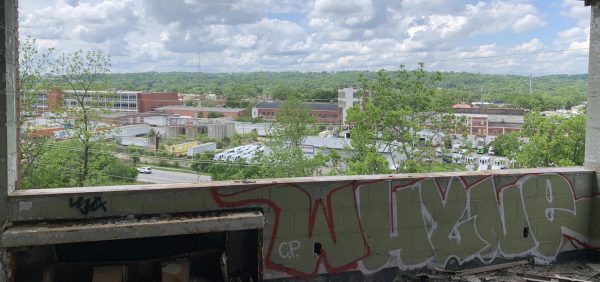
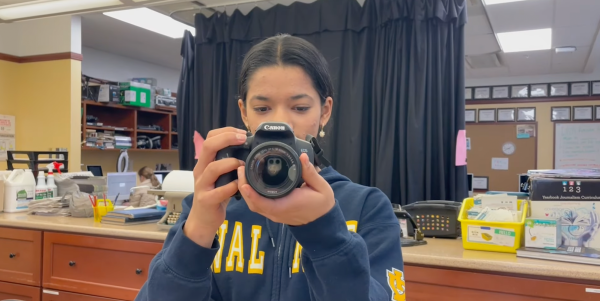

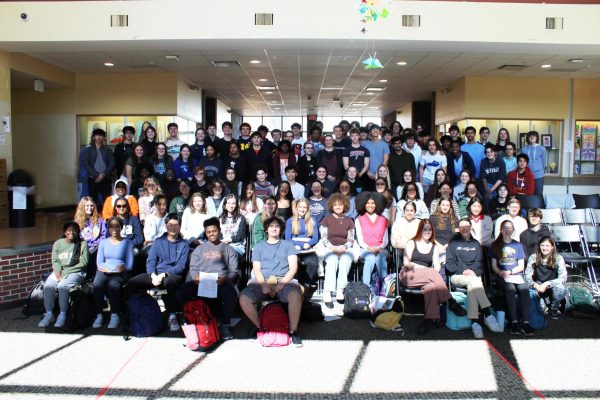
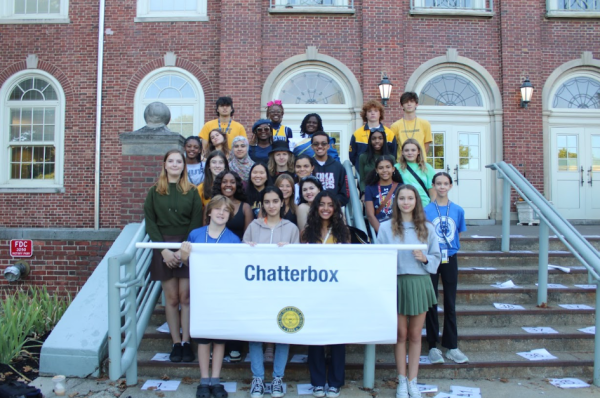
![Dean Miller-Graham enjoys Samantha Stephenson's class "not only because of friends, but [because] it's just a good environment."](https://whhscbox.com/wp-content/uploads/2024/02/classroom-side-1-600x400.jpg)